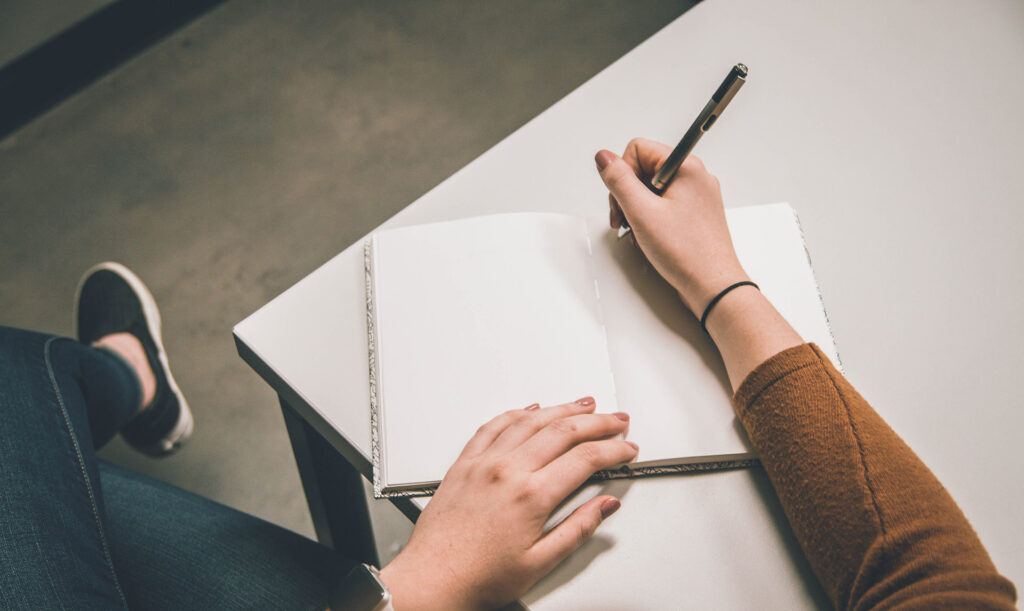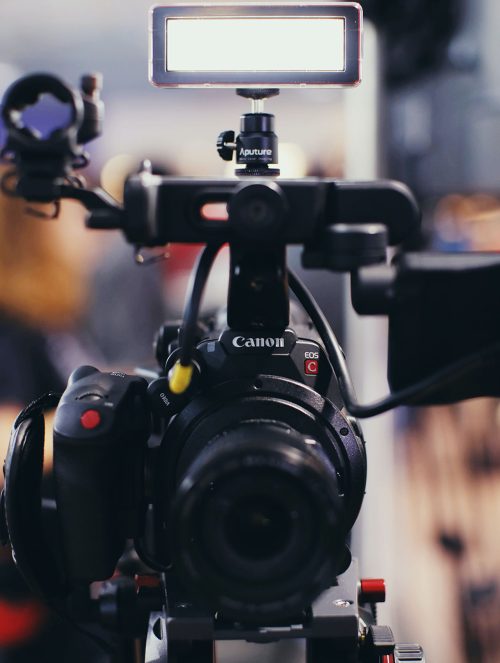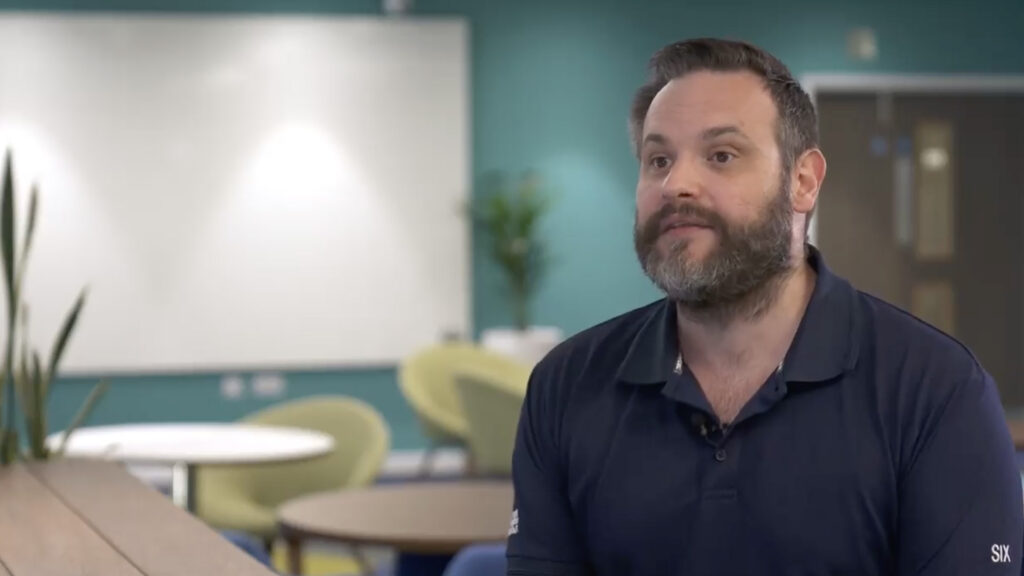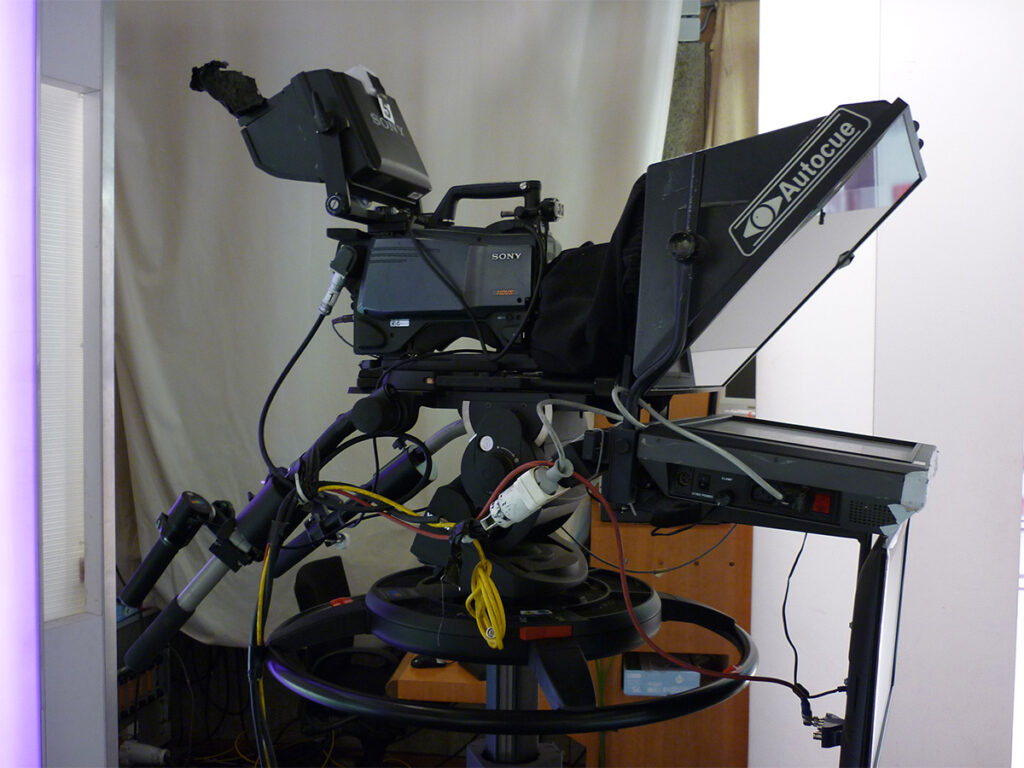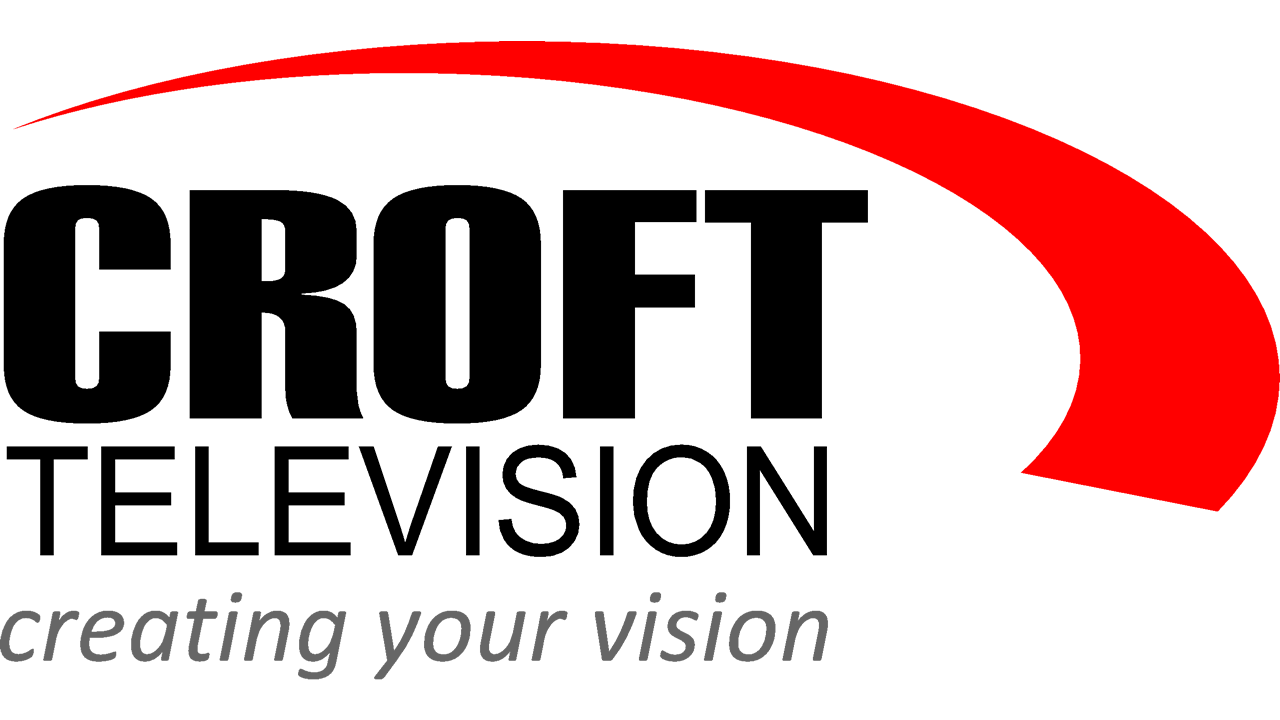Whether you have done it many times before or never in your life, being filmed can always be a daunting prospect.
Being relaxed will not only make the experience enjoyable for you, it will also make for a better final video and with our 30 plus years of experience, we’ve got it down to a fine art!
The purpose of this guide is to break down what to expect when you are being filmed, from what we do before you arrive, to when you are in the room – in an attempt to make you as familiar with the process as possible.
We will also mention a few tips and tricks that you can do to make the process even easier.
Don’t have time to read the whole guide right now? That’s no problem, just click the download link and you can read it at a time that is convenient for you.
As soon as we know we will be filming, we will have begun planning the shoot, getting the gear ready and thinking about the location, look of the video, etc..
At this point if you have been asked to be in the video, the best thing that you can do is take some time to write out what you want to say and become familiar with it.
We know everyone is extremely busy but if you do have the opportunity to do this, it will make the shoot run more smoothly and save you time on the day!
Treat this like you would if you were presenting in front of people, learn your lines, but don’t just read them in your head, say them out loud, even practice in front of an audience if possible.
Also, if you have been given a set time limit, this would be a good point to time what you are going to say.
The Shoot (Before You Arrive)
To ensure we run to schedule and we use as little of your time as possible, we arrive early (we usually like to get to the location an hour before) to get everything prepared.
We begin by sorting the location, which may have been predetermined, but sometimes not. Ideally the location will visually fit the context of the video and be quiet, commonly an empty office.
Sorting the location will often mean moving objects to make a ‘set’ or clearing things out of the way, but don’t worry, we will always leave a location just as we found it!
Once that is done we begin to set-up the equipment.
The camera and tripod go up, facing where you (the presenter) will be and a ‘boom’ microphone is set-up to capture your audio.
Lights are assembled around this area and at this point any room lights are turned off and blinds drawn (if possible).
Now, finer tweaks are done.
One of our crew members will stand (or sit) where you will be, while the camera operator tweaks the lighting, exposure settings, sets the white balance and shoots the colour calibrator (these factors ensure the colours the camera is capturing are the same as they look to the naked eye), and finally, an audio test will take place.
Now we are ready for you!
Upon entering, you’ll be greeted by us, after which we will direct you to your position and mic you up.
This is nothing to worry about and basically involves having a tiny microphone clipped to your collar, tie, shirt or dress and then hiding the wire.
Next, a quick audio check will take place, where we will ask you a few questions so we can check your audio levels are okay.
Lastly, we’ll give you some direction and a few tips on how to get the best out of your delivery. We’ll discuss them now.
Depending on the shoot, we will either have you delivering your lines straight down the lens or off to one side of the camera, which will have been decided before the shoot.
In the latter option, one of us will sit behind the camera so your eye-line looks natural.
Most people prefer delivering this way, compared to straight down the lens, as it feels more like a conversation.
An example of what that looks like on camera can be seen below.
Rephrasing The Question As Part Of Your Answer
In either delivery option, if the shoot requires you to answer questions, we will happily prompt you with them.
Most of the time the questions won’t appear on screen in the final video, so in that case we will ask you to rephrase the question as part of your answer (which is easier than it sounds). For example:
Please tell us who you are, who you work for and your job role?
Hello, my name is (insert name) and I am a (insert job role) at (insert place of employment).
Whether you are looking at the camera or one of our crew, try not to let your eyes wander.
If they naturally move around as you think, that is fine but always bring them back to the original point of focus, just as you would if you were really having a conversation.
It’s best to leave a small gap before you begin to speak and after you have finished speaking. When ‘action’ is called, look where you’ve been told to focus on, wait a second or two, then begin. Likewise, when you have finished what you were saying, keep staring where you need to stare for a couple of extra seconds. Doing this will make the editing more seamless, which will improve the overall video.
When some people get flustered, they tend to speed up their talking speed. If this happens, stay calm, take a deep breath and keep going at a steady pace. We will always be there to help you stay calm and enjoy yourself!
If you make a mistake, so what! Everyone does. There are a lot of ways around this that usually means you won’t need to start from the top again. Often we’ll only get you to return to the last sentence or paragraph, so don’t worry.
Do you talk with your hands? Then talk with them! We’ll get the best out of you when you are as comfortable as possible. The only thing to watch out for here is noise that can be made from heavy jewellery, lanyards, etc..
Lastly, keeping your lines out of shot, but within reach will mean you can give them a quick read between takes, not that you’ll need it 😉
One other factor that will change the interview set-up which we haven’t mentioned yet, is the workhorse of the TV newsroom, the autocue.
If you will be using an autocue, you will be notified before the shoot.
Using an autocue will also mean we will need your signed off script before the shoot, so we can format it for use with the autocue software.
The way the autocue works will mean you will be delivering your lines straight down the barrel of the lens and will allow you to read through your lines as you are being filmed, as they will appear to you as scrolling text. This does not mean you should not learn your lines, as this will always make your delivery more polished.
That’s it, thanks for reading!
Hopefully your next interview will not feel daunting now you know what it will entail and the steps you can take beforehand to make it run as smoothly as possible.
We offer no-obligation, free quotes and are always happy to discuss concepts, and if you found this guide useful please share it!
We looking forward to working with you soon!
